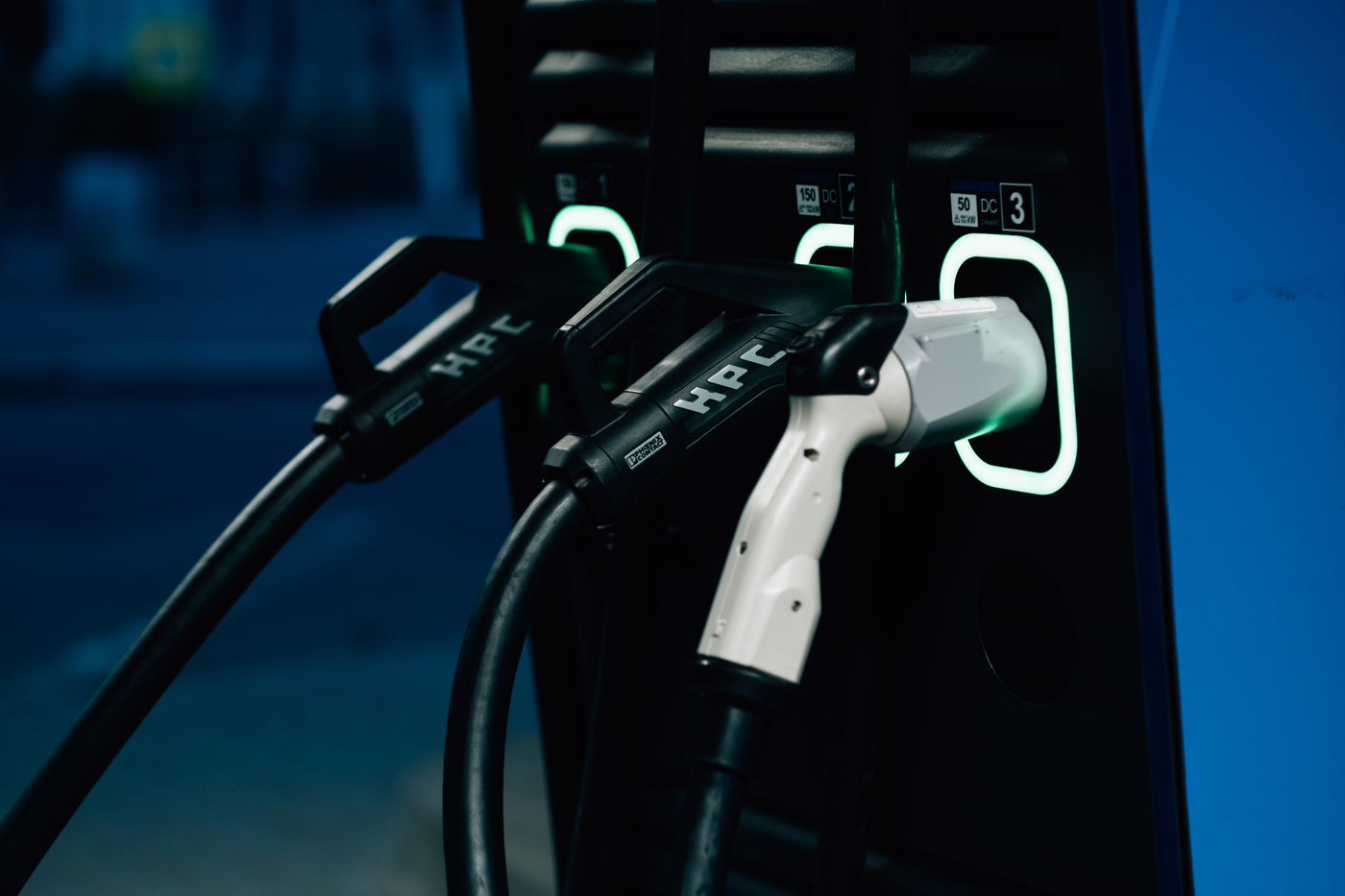FAQs
Charging
Can I damage the battery by having the charger plugged in too long?
Can I damage the battery by having the charger plugged in too long?
We recommend unplugging your device once your battery is fully charged. Leaving it on the charger for too long won't damage it suddenly. However, leaving it plugged in for long periods of time repeatedly will cause battery degradation.
Is fast charging bad for your battery?
Is fast charging bad for your battery?
The degradation of your battery is directly proportional to the frequency of fast charging.
Battery manufacturers estimate the number of charge cycles a battery can handle based on the recommended charge rate. Charging at a current greater than the manufacturer's recommendation will cause the battery to degrade faster than their estimate.
While it's important to maintain pack health, it's also important to balance it with your usage needs. We suggest using fast chargers only when necessary, rather than as a replacement for the stock charger.
To get the benefits of fast charging without unnecessary battery degradation, it's best to switch to a fast charger only when you need it. This is made easier by variable fast chargers, which are available for select products.
What's a Variable charger?
What's a Variable charger?
Variable chargers are highly favored by riders because of the flexibility they offer in managing battery health and charge.
These chargers come equipped with settings that allow you to change the target voltage (% capacity) and target current (speed). These settings can be adjusted using knobs located on one side of the charger.
Variable Voltage
The first knob, labeled "80%, 90%, 100%," allows you to choose the voltage ratio at which the charger will stop charging. This feature is particularly useful for battery health as charging up to 100% can cause faster deterioration if not discharged relatively soon after charging.
Variable Current
The second knob, labeled "1, 2, 2.5, 3, 4," allows you to choose the current the charger will allow the battery to pull, in amps. This feature offers multiple benefits, such as battery health and time between charges. It's a great investment for battery health as it allows you to choose whether you want normal charging, fast charging, or even slow charging.
In cases where fast charging is important, you can simply turn up the current knob to charge at a safe but faster rate than any stock charger.
What is balance changing?
What is balance changing?
Cells have differences in their capacity, which the BMS aims to balance. This is typically done at the end of the charging cycle, unless the BMS has active balancing (which most do not). When you charge your battery to 100%, it's actually only charged to around 95% if the battery is healthy. The energy range between 0% and 95% is where 99% of your battery's energy comes from, with the remaining 5% being used for balancing activity. This is why you might have noticed that the last 5% of charging takes longer than the rest.
Now, you might be wondering how to balance the need for a healthy battery with the need for balancing. You can do this by charging your battery to 100% right before you plan to use it. For instance, if you come home from a ride with 20% battery left and won't be riding for a few days, you can charge your board to 80% (or use a Variable Rapid Charger to set the charge dial to 80%) and unplug it. Then, before you head out on your next ride, plug it back in to charge to full. This will help keep your battery healthy while still allowing for balancing.
How often should I balance charge?
How often should I balance charge?
Balance charging involves leaving the device connected to its charger for an extended period of time, typically 1-3 days. This allows the charger/BMS to correct any slight voltage differences between cell groups, resulting in a more balanced battery. A battery that is balanced can provide longer cycle life and more run time per cycle.
Balance charging can also serve as a preventative measure by addressing potential imbalance issues before they occur. The frequency of balance charging depends on how often the battery is used, but it is generally recommended to do it at least once every 5-10 cycles. Once all cell voltages are even, the balance charging process is complete.
Discharging
Should I avoid draining my battery all the way? Will it damage my battery?
Should I avoid draining my battery all the way? Will it damage my battery?
While it may not necessarily damage your battery, the situation is not quite straightforward. Manufacturers rate all cells to specific standards.
For instance, a cell may be rated for 500 cycles with the assumption that each cell is charged to 4.2V (volts) and discharged to 2.8V. Allowing cells to go below 2.8V can cause significant damage, but the battery management system (BMS) prevents this from occurring.
Thus, according to the manufacturer's rating, discharging the battery completely is not harmful as long as the BMS is functioning correctly. However, if you want to maximize the battery's cycle life, it is advisable not to charge or discharge the battery all the way.
When cells are at their maximum or minimum capacity, they will degrade faster but not beyond what the manufacturer expects.
Storage
How often should I charge my battery while it's in storage?
How often should I charge my battery while it's in storage?
If you're not going to be using your device for an extended period of time, it is recommended to store the battery at a 50% charge level in a cool, dry place.
If following all other instructions set out by the manufacturer, a battery should be charged every 9 - 12 months while in storage
Is there an ideal temperature for battery storage?
Is there an ideal temperature for battery storage?
For long-term storage, the ideal storage temperature is between 41° F and 68° F (5° C - 20° C). Storing your battery in a cool, dry place is crucial to the pack's long-term health.
It's not detrimental to leave your battery in a hot car or cold garage for a short amount of time. Lithium Ion batteries have operating temperatures that exceed their ideal storage temperatures by far.
How long should I keep my Battery fully charged without riding?
How long should I keep my Battery fully charged without riding?
Leaving your battery at 100% for extended periods of time can have a detrimental effect on its health, as the strain on the cells can wear them down more quickly.
Despite this, it's important not to let this fact discourage you from enjoying your PEVs. Typically, charging your Battery the day before a ride is acceptable and more convenient. However, it is best to avoid keeping the battery charged at 100% for prolonged periods without any specific purpose, as this can lead to long-term deterioration of the battery.
What percentage should I store my battery over the winter?
What percentage should I store my battery over the winter?
When preparing a battery for storage, it's advisable to consider the voltages instead of percentages.
For a lithium-ion battery cell or a 1S pack, a good storage voltage is typically between 3.4V - 3.7V. However, if you have a stock Surron battery pack with a 16S configuration, which means 16 cell groups working in series, you need to determine the appropriate range for storage.
Suppose you're preparing for winter and want to store your battery until you can ride again. In that case, you can easily determine the storage range for a 16S pack by multiplying the voltage range for a 1S by 16.
3.4v * 16 = 54.4v
3.7v * 16 = 59.2v
Therefore, the storage voltage for a 16S pack, like the one in the Surron LBX, would be anywhere from 54.4V - 59.2v

